Compost has been called "black gold" because of its great benefit to plant life and because, like gold, it is there to be discovered by anyone or everyone.
As gardeners, we progress from the simple to the more difficult aspects of growing plants. Each step is miraculous to us and watching our gardens and ornamentals flourish is very fulfilling.
One of the tools that is often overlooked is the benefit of composting, and now is a great time to start your own compost for spring/summer use.
Creating compost involves a number of processes that include decomposition accelerated by the introduction of oxygen, nitrogen, carbon and water. Most of the necessary elements are merely the accumulation of various forms of organic matter that are byproducts of our food preparation, leaves from our yards and an infinite variety of other natural materials.
By manipulating these materials in the proper manner, they are converted to some of the best free fertilizer imaginable.
The Best Ingredients Make the Best Compost
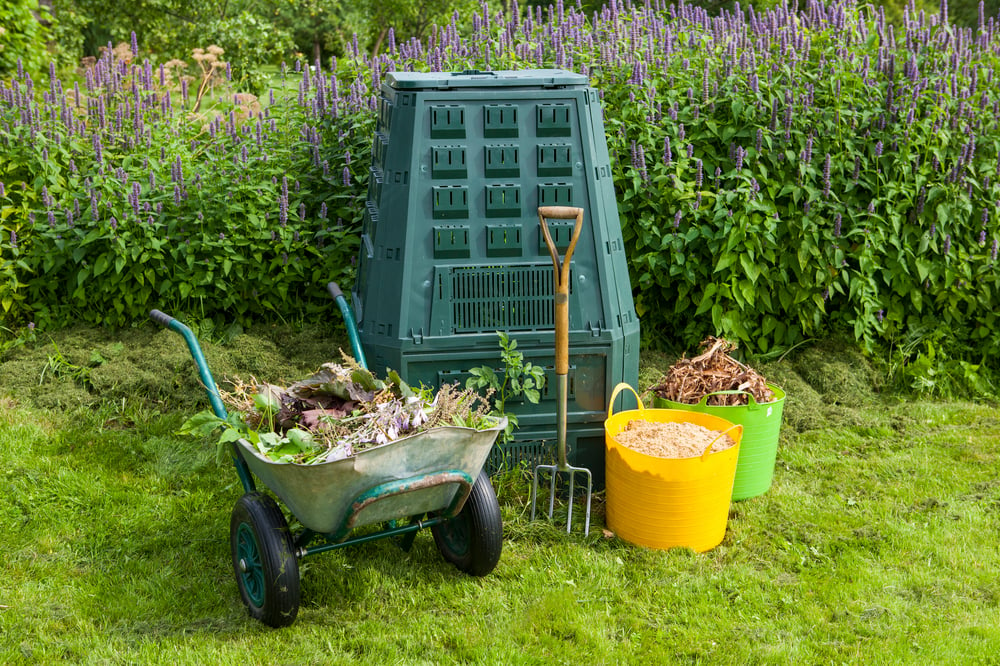
Food preparation byproducts used for composting should not include any cooked foods, dairy products, eggshells, meat, oil, fat, grease, garlic or onions. Cooked food can attract rodents and can create foul odors, as can grease, oil and fat. Eggshells are very slow to deteriorate, and garlic and onions can be a determent to earthworms that contribute to compost health, they're also antimicrobial which inhibits the natural decomposition of compost material. Also, any diseased plant life and weeds with seed heads should be avoided.
Organic matter considered desirable for composting would include melon rinds, grass clippings, leaves, coffee grounds, tea leaves, and any vegetable and fruit scraps and peels (note: if you live in bear country, you may want to skip the fruit scraps during their active months). Cow or horse manure is acceptable, but no dog or cat feces, or litter.
Choosing A Compost Bin
Most recommendations for compost bins state a size of 3 feet square and three feet high for a ground bin. This creates enough mass so that the internal part of the mass can heat up from decomposition and this is the process that breaks down the material as it accelerates decomposition by microbial action.
A bin may be as simple as a wire enclosure that allows material to be piled high to generate heat. Three side should be secured, and one side should be removable so that you can stir the material occasionally and evaluate the rate of decomposition. A little garden soil may be added to the layers and a small amount of commercial fertilizer or lime will also help to accelerate the process.
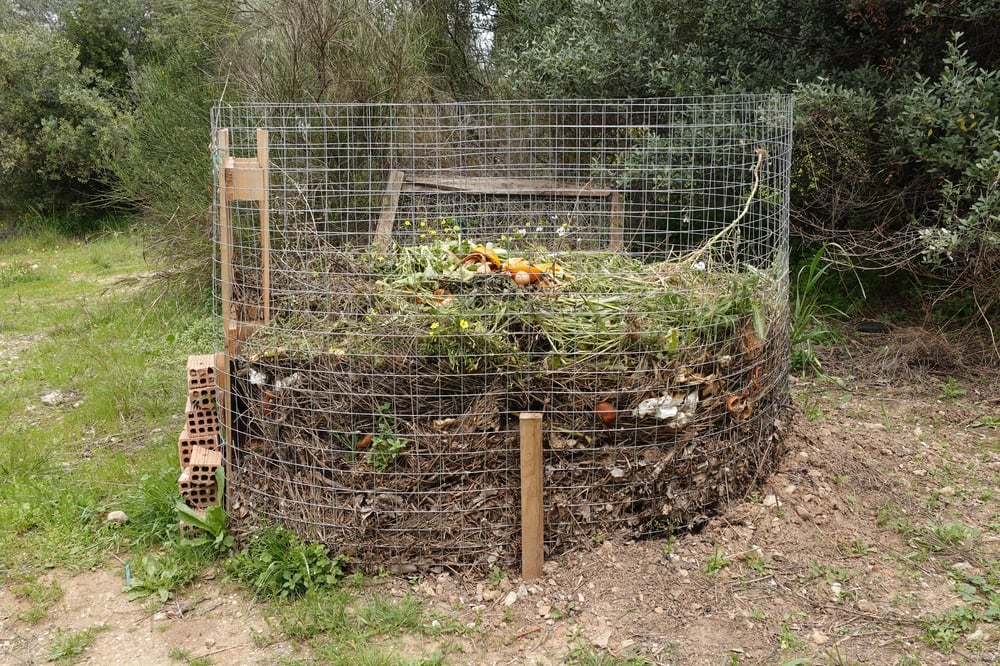
Bins may also be created with permanent corner posts and slats with a door on one side to open for stirring the material. Be sure if using wood to select materials that are not prone to fast decay (cedar, redwood, etc.). Avoid woods that have been chemically treated to avoid decay.
There are many commercially produced bins that range from plastic slats for traditional construction to drum-type container, with some being on a stand allowing them to rotate to tumble the contents (known as compost tumblers). A premade bin with latches may be desirable if live in bear country, but typically bears will not bother compost unless it contains fruit scraps.
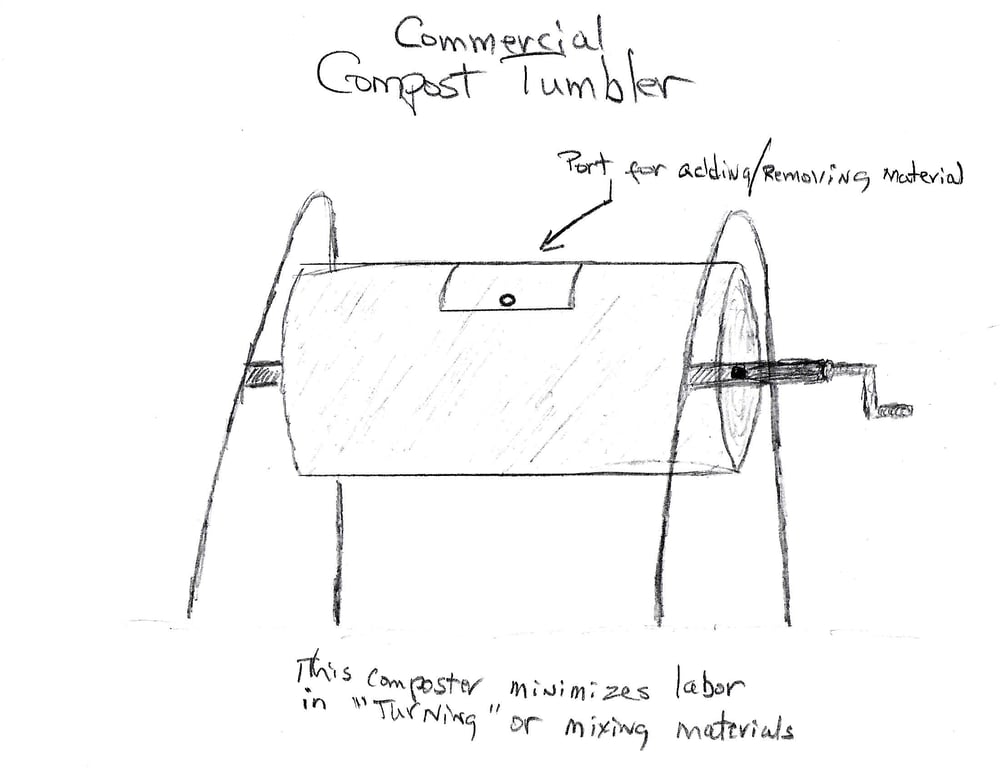
If you are a serious gardener, more than one bin may be desirable. This will allow more material to be processed, and when stirring the material, it may be moved from bin to bin for ease of handling.
Location of bins near your garden or where it is most convenient will make it easier to access.
You can also forego a bin in favor of raking leaves, food scraps, etc. it into a pile and allowing it to deteriorate. However, this is not as efficient as a bin that may be built at home or purchased. The bin confines the material and causes it to heat up faster, thereby creating compost much in a shorter time frame.
How to Care for You Compost
Occasional watering should be done, but do no over water, as this can slow down the process and cause the materials to rot rather than break down in a desired manner. Just keeping the mass damp is sufficient.
Also, if the compost is not "turned" with a shovel or pitchfork occasionally, it will create foul-smelling methane gas. Turning the material allows oxygen to reach the center and the odor will be a nice earthy smell, not the undesirable smell of methane. This can be done with pitchfork or shovel, or you can make things easy on yourself by using an easy-to-turn compost tumbler.
In cooler months, the decomposition process will be slow, but in warm months it will speed up. Another way to encourage ventilation of the mass is to drill holes in a four foot length of large PVC pipe of about 3" in diameter and place it upright in the center of the bin. This will introduce oxygen into the center of the material and minimize and odor problems.
Red wiggler worms are very beneficial to compost heaps and the use of them is called vermicompost.

These eat the uncooked food scraps and vegetable matter, and their castings are rich in nitrogen. If you choose to try this, they are readily available. An interesting aside is the fact that some plants, such as peas, create nitrogen in your garden soil and are very beneficial. These attributes and the benefits of "companion" planting are subjects that gardeners should consider investigating.
As you add these various materials to your compost bin, try to layer the green fruit and vegetable matter with leaves and other crop residue from your garden. This combines carbon and nitrogen, which along with water will generate heat. Decomposition is then accelerated by microbes which then results in superior composted fertilizer for your plants and vegetables.
The warmer months Ahead will produce usable compost in a much shorter time, but now is the time to get started
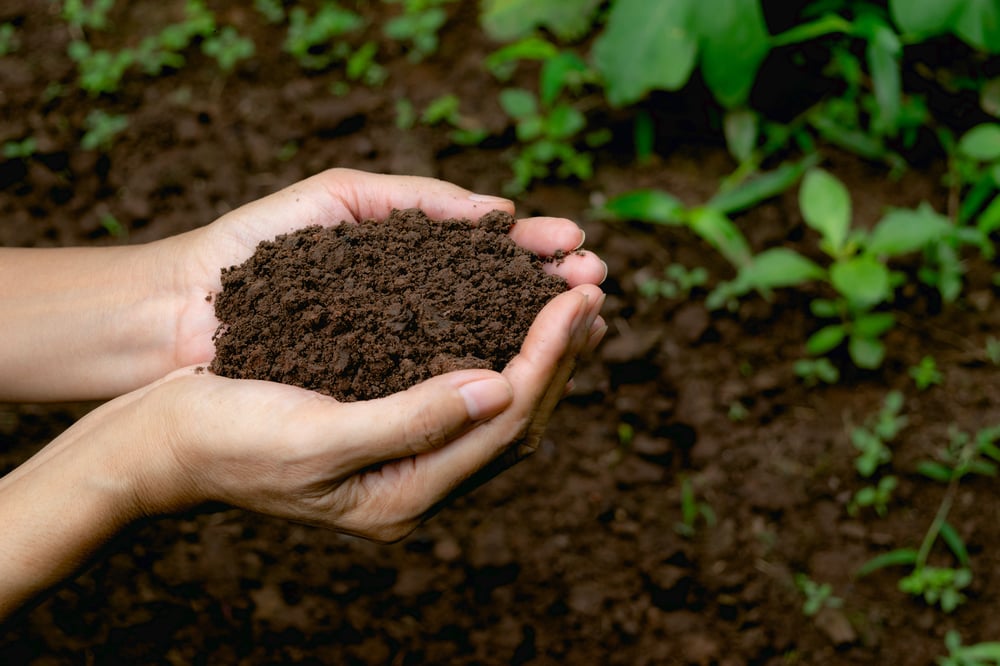
When your compost is ready to use, it will be dark brown, crumbly, damp and have a pleasant, earthy smell.
Now you are ready to take advantage of some of the best natural fertilizer imaginable, and you created it from materials that would have otherwise contributed to more mass in a landfill!
Some users of compost will create a liquid form of fertilizer by mixing the compost in water, and after several days straining it into another container for use in watering plants and providing valuable nutrients. This is similar to "manure" tea made from cow manure by mixing it in water and straining it for use as liquid fertilizer. The biggest difference is the more pleasant odor of the compost tea.
On a personal note, I was convinced of the power of composting many years ago when I created a simple compost bin near my garden.
The garden was on an incline and when it rained or when I watered the bin the water that drained from the bin ran diagonally across the garden. Several zucchini squash plant were located on that side of the garden. The plants above the drainage were normal in size. The plants that were in the path of the drainage were gigantic, reaching almost six feet in height and extremely healthy.
Needless to say, I am a firm believer now in the benefits of composting.


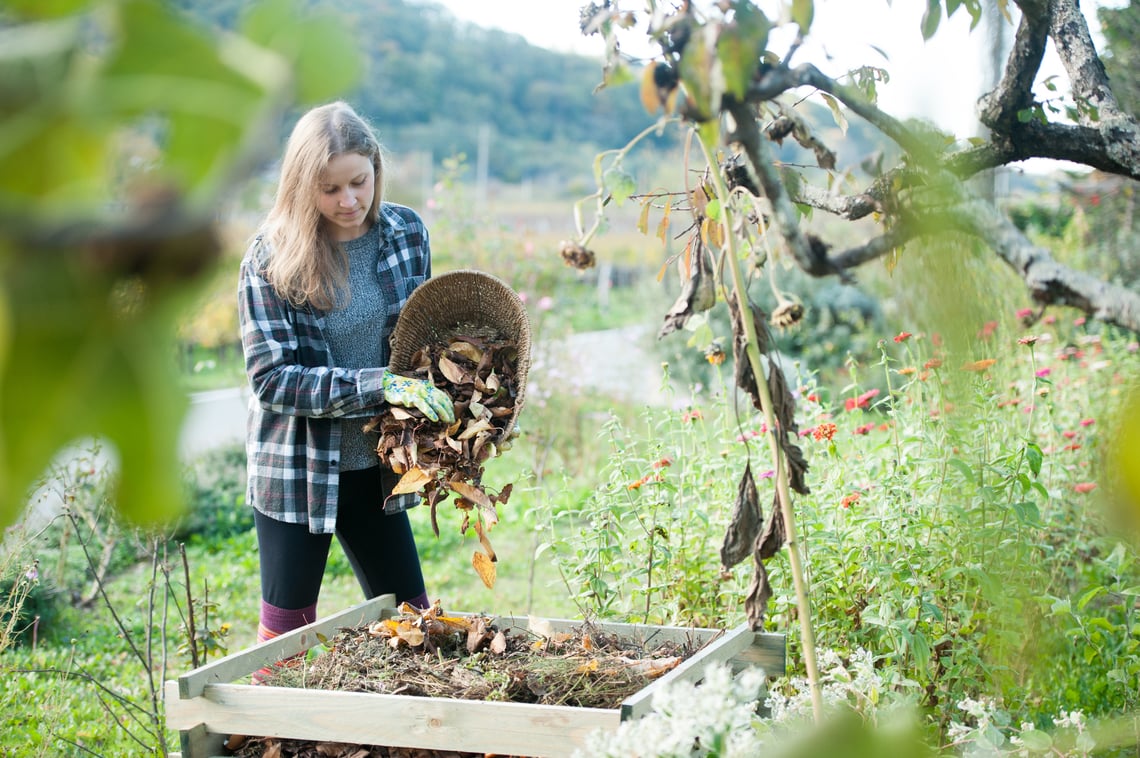
.jpg)




















